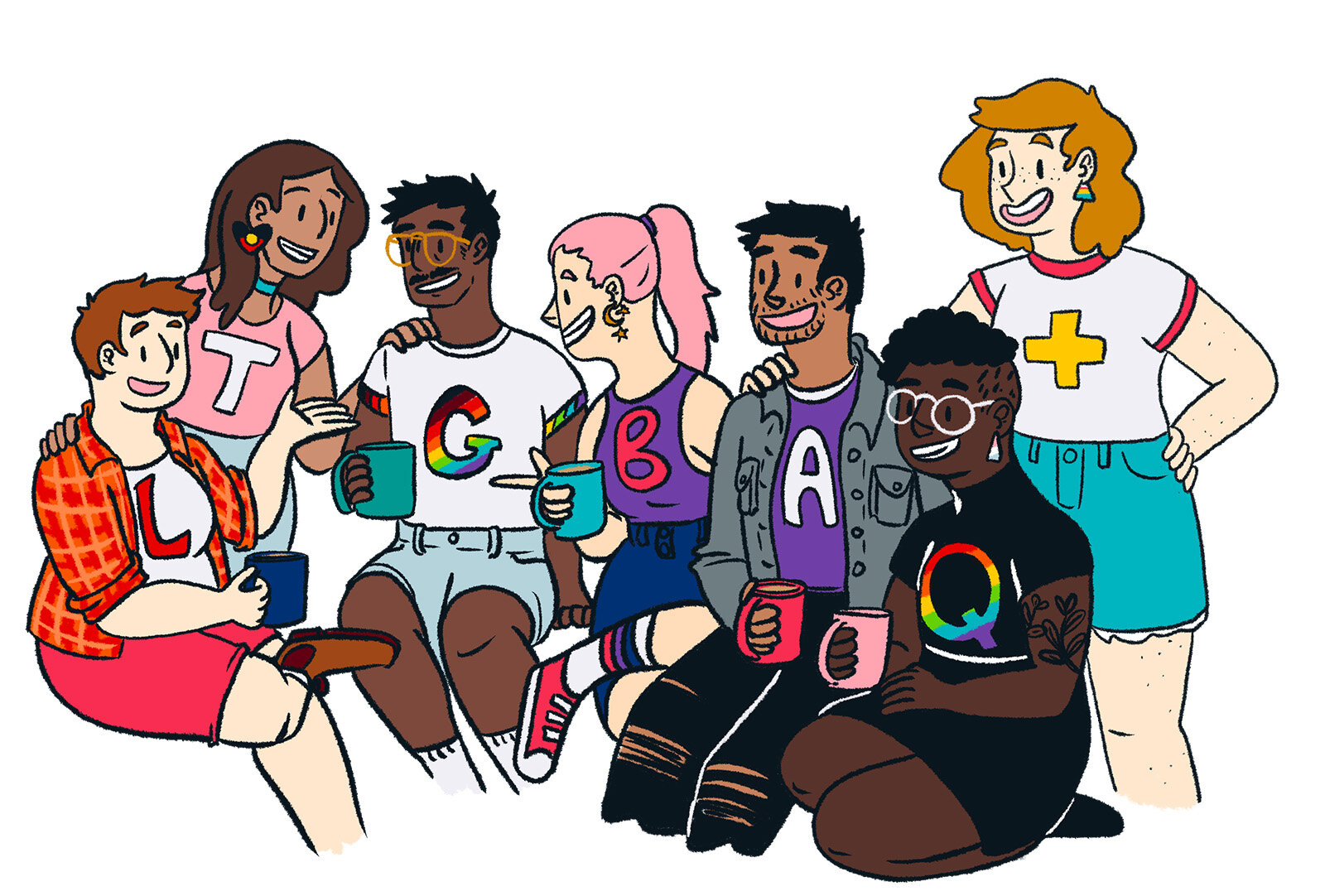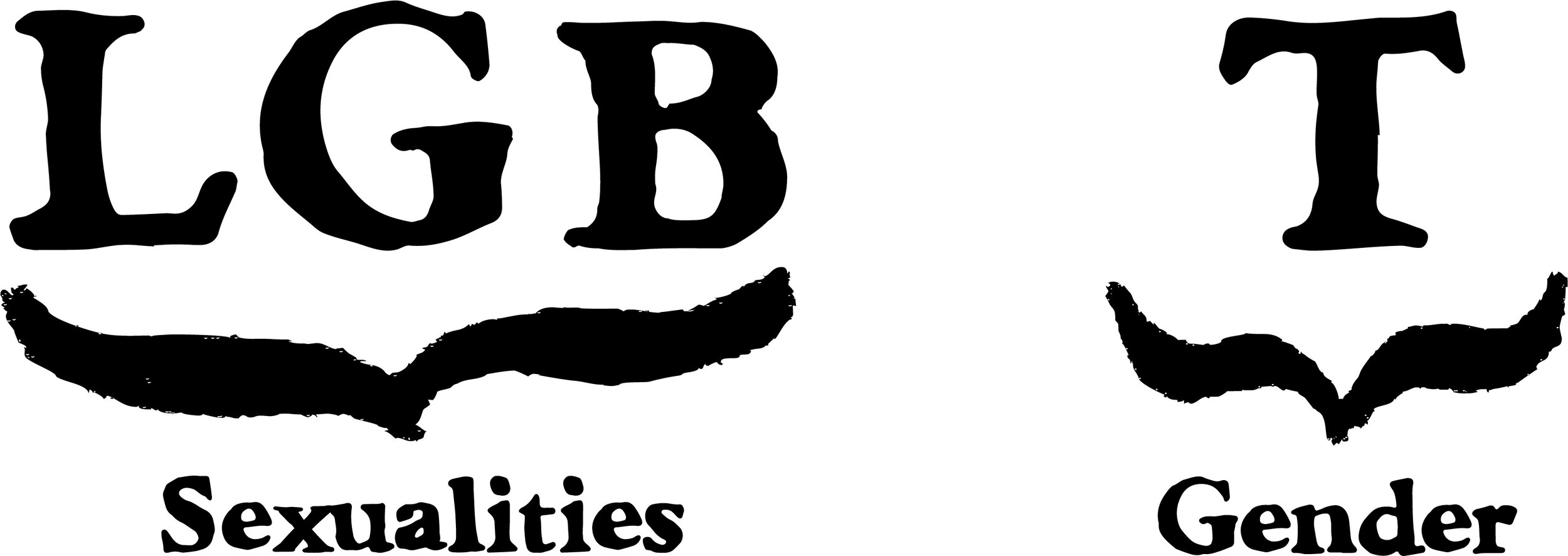Why are trans people part of LGBT?
Communities of diverse sexualities and genders have existed throughout history, whether out or hidden away. As these communities grow, and talk about each other (or are talked about by others), labels tend to be created that express commonality and difference.
The LGBTQ+ rights movement in the second half of the 20th century was predominantly referred to as the “gay rights movement”, reflecting the term gay being used for a range of genders and sexualities. As the predominantly U.S. bisexual, queer, and trans movements became more prominent towards the end of the century, there was a shift to an acronym that connected these groups - LGBTQ+ was born.
It’s often said that a black trans woman threw the first brick at Stonewall, but more than that, these early queer riots and struggles were fought together by people of many different identities.
As the queer rights movement was forming, LGBT identity and activist groups found each other with similar ideas of critiquing binaries of gender, attraction, identity, presentation, and wider norms, despite their different genders and sexualities. These groups understood the power for change that comes from working together, they had more experiences in common than they did of difference.
Historically, trans people and sexuality diverse people have faced similar challenges and discrimination, and an inclusive human rights movement emerged because our communities, who so often gathered together, began to realise that they were being treated in similar ways just because of who they were, and were seeking similar rights of autonomy, agency and self-determination.
We live in a world today where some of these rights have been granted to some groups, so it can sometimes make it difficult to remember that our struggles were once far more similar.
Is trans a sexuality?
While lesbian, gay and bisexual are sexualities, trans is a description of gender instead. Trans people can be straight, gay, bisexual, lesbian, queer, or any other sexuality, just like cis people can.
LGBTQMNOP... - Isn’t everyone included at this point?
At different points and in different places, the acronym has been expanded to include a range of other experiences, including Queer, Asexual, Pansexual, and more.
While some people complain that the acronym is growing too long, and that these included identities aren’t as real or important, using umbrella terms that include us all is a great way of referring to our shared experiences, just like how lesbian, gay, bisexual and trans people did when coining the acronym LGBT.
The use of terms queer, LGBTQA+ (with the plus symbolising the rest of the letters), diverse genders and sexualities, or gender and sexual minorities can be helpful, because they’re simple and still contain anyone who wants to be included under them.
Aren’t some LGB people anti-trans?
Most sexuality diverse cis people are trans allies who support, respect and celebrate trans people, but there are some who don’t. There are different reasons why some cis people, including some who are gay, lesbian or bisexual, might not feel ready or able to support trans people, we have found though that all of these reasons stem from ignorance that has sadly led to bigotry and transphobia.
The history of activism for gender and sexual minorities are incredibly similar, including how lesbians (and many gender non-conforming cis women) were policed out of women’s bathrooms, and still are in many places, and how LGB people were seen as predators by straight people – issues that the trans community are facing today.
This history is barely behind us, indeed many countries still criminalise LGB people or treat them like second-class citizens. These same tactics are being used against trans people, sometimes by LGB people who had this bigotry aimed at them in living memory.
It’s important to understand the discrimination and struggle people have faced in order to defend their identities in the past. This allows us to learn about each other’s histories and herstories, and have empathy for the struggles going on today.
Seeing how these patterns repeat can help us see that the path toward equality doesn’t stop once one group faces less bigotry, or is more accepted by society, but when every one of us is.
Links
A Brief History of the LGBTQ Initialism - Jeffry J Iovannone
Trans-affirming Resources for Lesbian Visibility Week - TransLash Media
All illustrations on this page by Briar Rolfe


